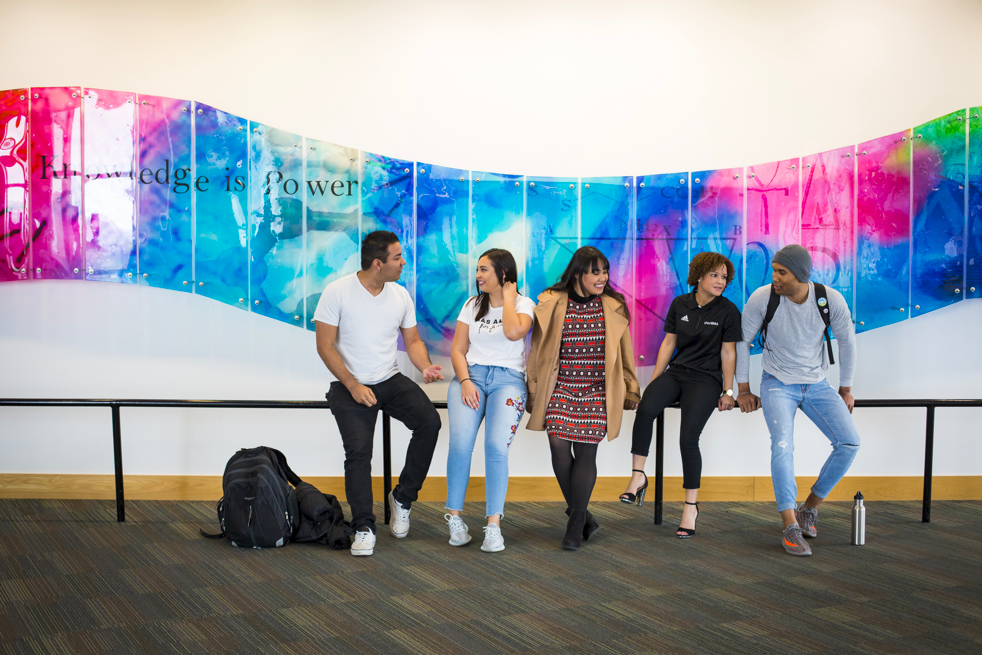
Utah Valley University’s mission is to prepare every student for success in work and life. We believe that every investment made in students, starting from elementary through high school, and at the technical college and university, should amount to one seamless educational pathway. We are thrilled that we can define some of these pathways that can lead to credit-bearing programs and degrees at UVU. We succeed because we work together.
Dr. Astrid S. Tuminez
President of Utah Valley University
Each career area includes links and resources to possible programs, certificates,
and degrees that span from high school through higher education to your career of
choice.
For more information, please reach out to your local school counselor or academic
advisor.
Where will your path take you?














**These pathway resources highlight the educational opportunities available to ALL students and are located in the Summit, Utah, and Wasatch Mountainland Region of Utah.
Less than 30 credit hours
30–33 credit hours
50 credit hours
60–63 credit hours
60–63 credit hours
63–69 credit hours
68-85 credit hours
68-85 credit hours
120 credit hours
120 credit hours
120 credit hours
121 credit hours
*Credit Hours: Credit hours are a way of measuring how much time a student spends on a course, based on the number of hours per week they attend classes or do assignments. Usually, one credit hour equals one hour of class time and two hours of homework per week. Different degree programs require different numbers of credit hours to graduate. For example, a bachelor’s degree typically requires 120 credit hours, or 40 courses.
A certificate of completion is a document that certifies that a person has completed an academic program or course of study.
A certificate of proficiency is a document that certifies that a person has achieved a certain level of skill or competence in a specific area.
An associate degree is a two-year degree that is typically offered at community colleges, technical colleges, and career colleges. Some four-year universities also offer them. Examples of associate degrees include Associate of Arts (AA) and Associate of Science (AS). Associate degrees are usually more focused on specific fields and prepare students for careers or further education in those areas.
A bachelor’s degree is a four- or five-year degree that covers a specific academic discipline. It is also called a baccalaureate degree. The two most common types of bachelor’s degrees are bachelor of arts (BA) and Bachelor of Science (BS). Other types include Bachelor of Fine Arts (BFA) and Bachelor of Architecture (BArch). A bachelor’s degree is often required for professional careers and higher education.
A master’s degree is an advanced degree that some students pursue after earning a bachelor’s degree. It is also called a graduate degree. The two most common types of master’s degrees are Master of Arts (MA) and Master of Science (MS). Other types include Master of Fine Arts (MFA) and Master of Business Administration (MBA). Master’s degrees usually take one or two years to complete and involve specialized coursework and research in a chosen field.
A graduate degree is a general term that refers to any degree that is earned after a bachelor’s degree. It includes master’s degrees, doctoral degrees, and professional degrees. Graduate degrees are usually more advanced and specialized than bachelor’s degrees and require more rigorous study and research. Graduate degrees can lead to higher-paying and more prestigious careers in various fields.